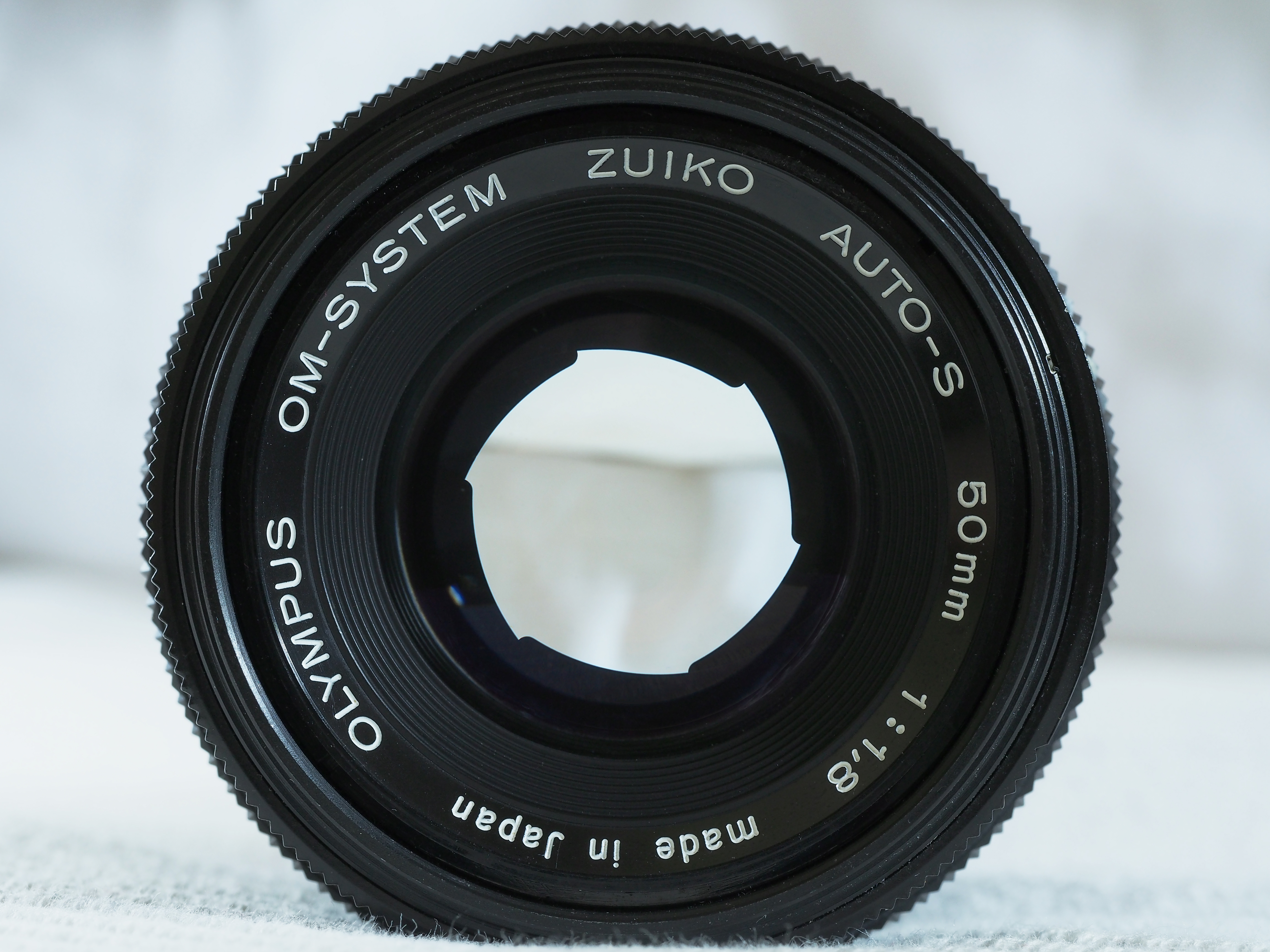|
Olympus OM-D E-M5
The Olympus OM-D E-M5, announced in February 2012, is a Micro Four Thirds compact mirrorless interchangeable lens camera. In style and name it references the Olympus OM series of film SLR cameras, but it is not an SLR camera (there is no optical path from lens to viewfinder: a high quality electronic viewfinder is used). The successor is the Olympus OM-D E-M5 Mark II. Awards In April 2012, the enthusiast photography web site Digital Photography Review (DP Review) awarded the OM-D EM-5 a Gold Award. On the same website it was subsequently voted Best Camera of 2012 in a photographers' poll. Other photography news and reviews websites that awarded the OM-D EM-5 "Camera of the Year" for 2012 were ''photographyblog.com'' and ''wirefresh''. The camera also won a 2012 Pop Photo award from the magazine ''Popular Photography''. Features * Magnesium alloy body with extensive weather sealing * Up to ISO 25,600 * 16 MP Four Thirds sensor, with substantially lower noise than the earlier ... [...More Info...] [...Related Items...] OR: [Wikipedia] [Google] [Baidu] |
Olympus Cameras
is a Japanese manufacturer of optics and reprography products. Olympus was established on 12 October 1919, initially specializing in microscopes and thermometers. Olympus holds roughly a 70-percent share of the global endoscope market, estimated to be worth approximately US$2.5 billion. Its global headquarters are located in Shinjuku, Tokyo, Japan. In 2011, Olympus attracted worldwide media scrutiny when it fired its CEO and the matter snowballed into a corporate corruption investigation with multiple arrests. It paid $646 million in kickback fines in 2016. Products Cameras and audio In 1936, Olympus introduced its first camera, the Semi-Olympus I, fitted with the first Zuiko-branded lens. The Olympus Chrome Six was a series of folding cameras made by Takachiho, and later Olympus, from 1948 to 1956, for 6×4.5 cm or 6×6 cm exposures on 120 film. The first innovative camera series from Olympus was the Pen, launched in 1959. It used a half-frame format, ... [...More Info...] [...Related Items...] OR: [Wikipedia] [Google] [Baidu] |
Olympus OM
The Olympus OM System was a line of 35mm single-lens reflex cameras, lenses and accessories sold by Olympus between 1972 and 2002. The system was introduced by Olympus in 1972. The range was designed by Yoshihisa Maitani, chief designer for Olympus, and his staff; ''OM'' stands for ''Olympus Maitani''. The nucleus of the system was a series of compact bodies divided into an advanced series and a later consumer-oriented series. The first model was the all-mechanical M-1 which, after pressure from Leica (which already had an M1 model), was renamed OM-1. At the same time the M system was renamed OM System. The camera included a full-aperture TTL Cadmium-sulphide (CdS) exposure meter, and a bayonet lens mount of relatively large diameter. By the end of the 1970s it was joined by the semi-automatic OM-2 and consumer-oriented OM-10. Olympus continued the naming pattern with the 'professional' OM-3 and OM-4, and the consumer-level OM-20, OM-30 and OM-40. The cameras were accompanied by a ... [...More Info...] [...Related Items...] OR: [Wikipedia] [Google] [Baidu] |
Bulb (photography)
The Bulb setting (abbreviated B) on camera shutters is a momentary-action mode that holds shutters open for as long as a photographer depresses the shutter-release button. The Bulb setting is distinct from shutter's Time (T) setting, which is an alternate-action mode where the shutter opens when the shutter-release button is pressed and released once, and closes when the button is actuated again. History Decades before the first flashbulbs, some box cameras and many view cameras and folding cameras came with a detachable pneumatic shutter release with a rubber bulb on the end; "Bulb" refers to the rubber shutter release bulb. Though mechanically timed exposures could also be triggered by squeezing the shutter release bulb, "Bulb" exposures then had the same momentary action as camera shutters have today, as per this description from Sears Roebuck's 1909 ''Cameras Photographic Supplies'': Around 1894 in Germany, the momentary-action setting on camera shutters made by C. A. ... [...More Info...] [...Related Items...] OR: [Wikipedia] [Google] [Baidu] |
Contrast Detection Autofocus
An autofocus (or AF) optical system uses a sensor, a control system and a motor to focus on an automatically or manually selected point or area. An electronic rangefinder has a display instead of the motor; the adjustment of the optical system has to be done manually until indication. Autofocus methods are distinguished as active, passive or hybrid types. Autofocus systems rely on one or more sensors to determine correct focus. Some AF systems rely on a single sensor, while others use an array of sensors. Most modern SLR cameras use through-the-lens optical sensors, with a separate sensor array providing light metering, although the latter can be programmed to prioritize its metering to the same area as one or more of the AF sensors. Through-the-lens optical autofocusing is usually speedier and more precise than manual focus with an ordinary viewfinder, although more precise manual focus can be achieved with special accessories such as focusing magnifiers. Autofocus accura ... [...More Info...] [...Related Items...] OR: [Wikipedia] [Google] [Baidu] |


.png)